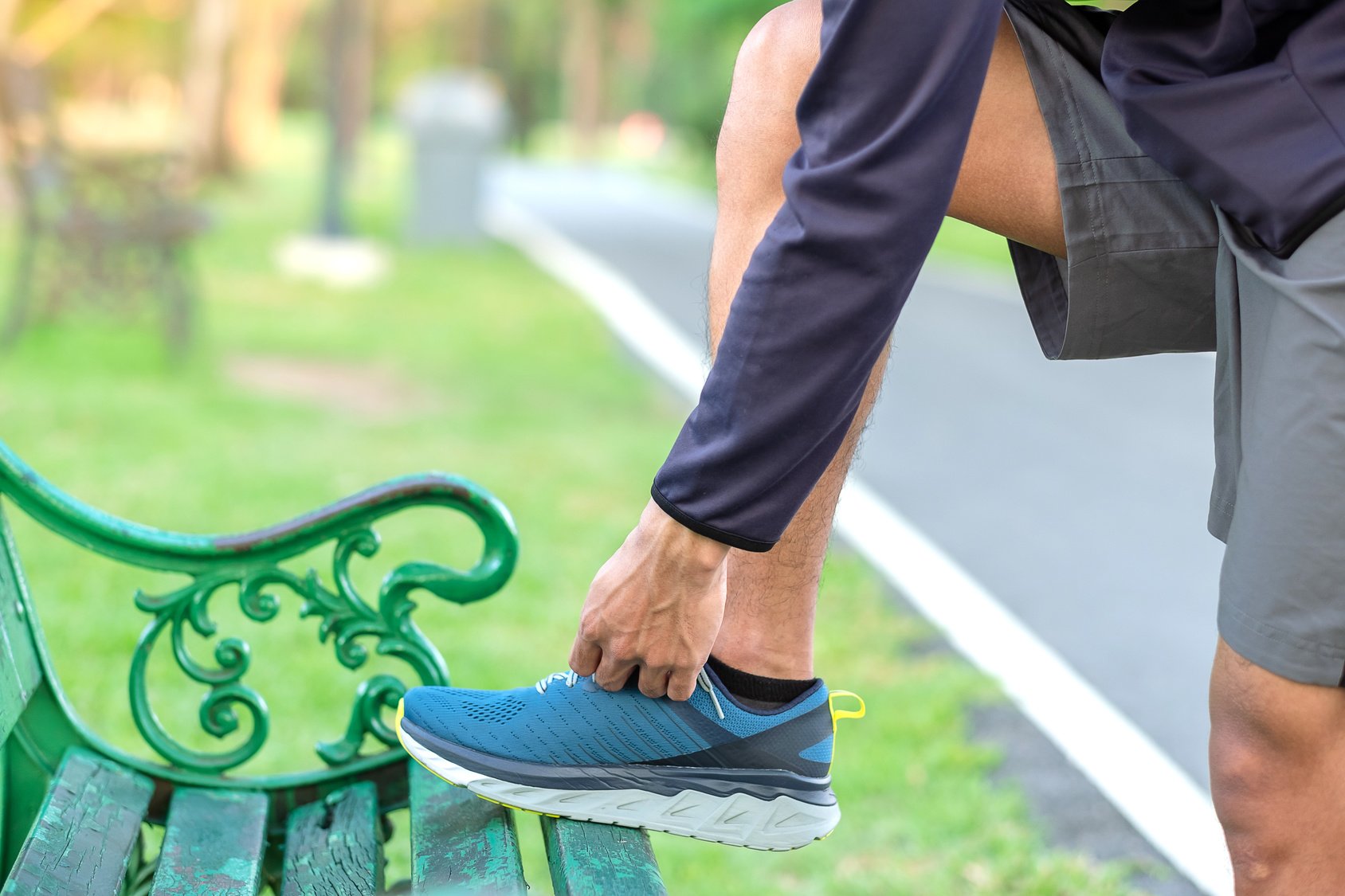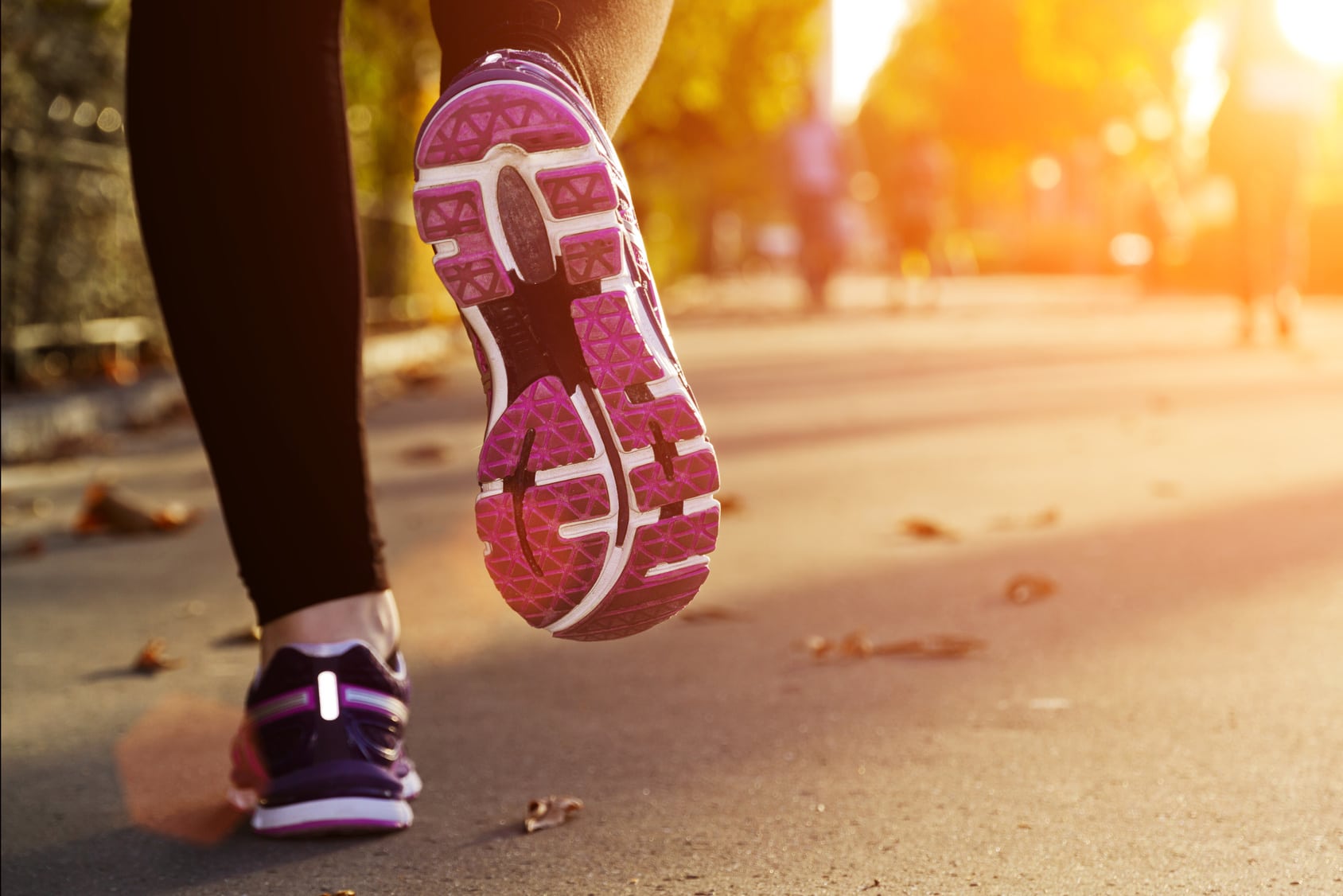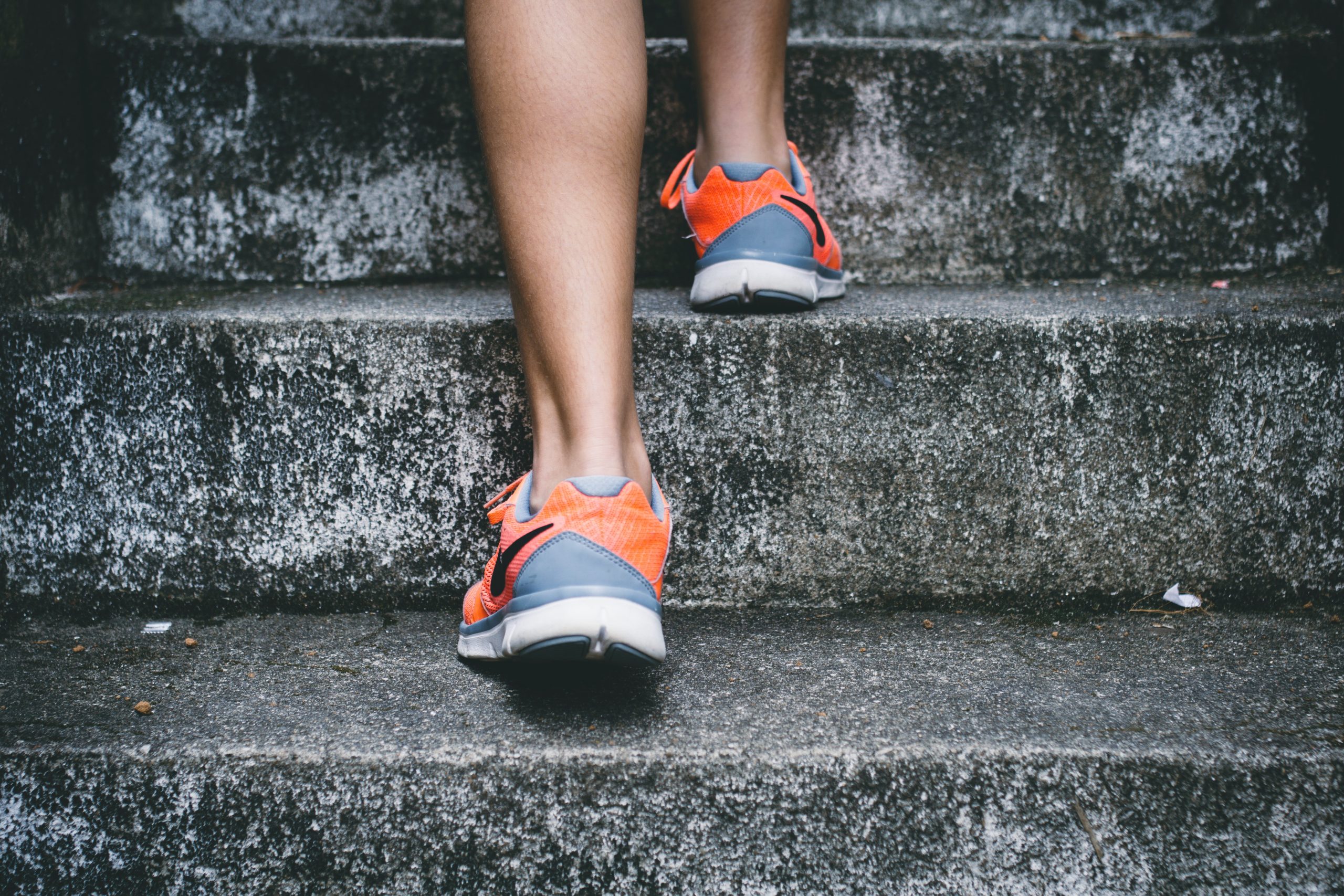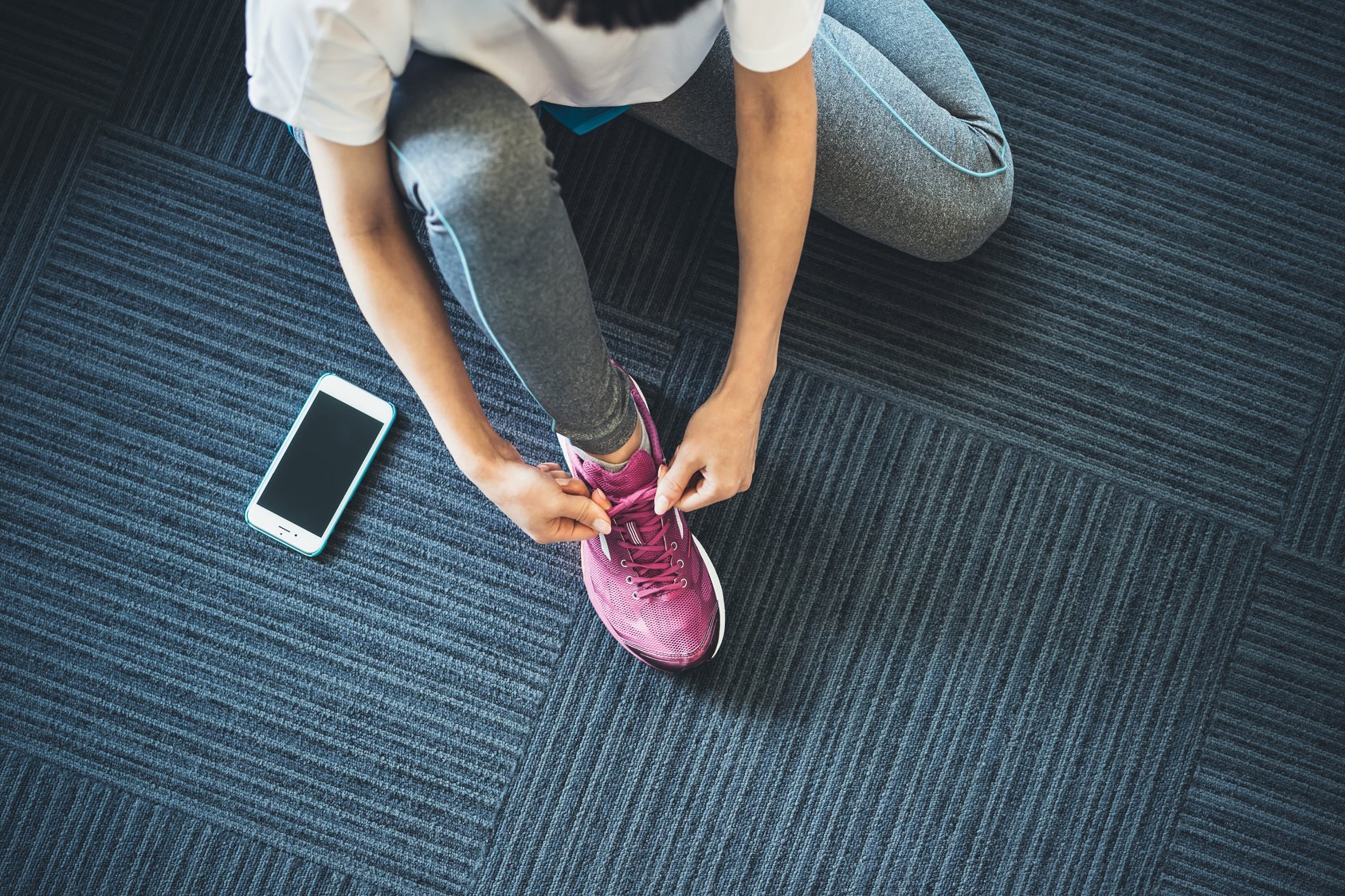Are you ready to dive into the world of treadmill running? Well, you’re in luck because this is the ultimate guide you’ve been searching for! Forget about risking injury or burnout, because the treadmill is your ticket to a fantastic running experience. Wondering how? Keep reading, my friend.
In today’s post, I’ll be sharing with you everything you need to know to get started with indoor running. By the time you finish reading this beginner’s guide, you’ll have the knowledge to:
- Master the art of using the treadmill
- Discover the incredible benefits of treadmill running
- Learn how to improve your treadmill running form
- Take your very first steps on this fantastic machine
- Uncover the perfect treadmill workout designed specifically for beginners
And guess what? There’s so much more waiting for you! Excited? Then let’s hit that start button and begin this exhilarating journey together!
The Benefits of Treadmill Running
Here’s what you stand to gain from hitting the belt more often.
Less Impact
Running on hard surfaces, like asphalt and concrete, increases the risks of overuse injury.
However, the treadmill belt offers extra cushioning that helps absorb much of this stress.
Forget About the Outdoor Conditions
Outdoor running exposes you to the elements, be it the weather, unsafe streets, uneven surfaces, etc.
All of these can stand in the way of your running success.
Luckily, you don’t have to worry about any of this when running on the treadmill.
Simulate the Race
Preparing for a race?
A treadmill can help you nail your perfect pace.
For example, if you are planning for a hilly 10K race, you can simulate that racing experience by incline training or even intervals on the treadmill.
Additional Source – Check this treadmill pace chart
Safer Than Running Outside
You can always run into troubles when doing outdoor running workouts: cracks, ruts, cyclists, cars, people, thieves, stray dogs, the wrong side of town, you name it.
Again, a treadmill can help you sidestep all of these risks.
Privacy
Dealing with insecurities?
Worry no more.
Hopping on the treadmill gives you more privacy as you don’t have to fret about anyone judging your performance.
You can run at your own pace and call it to quit anytime you want.
Measurable Data
On a treadmill, you have a say on your training conditions, helping you run with more accuracy, whether it’s speed, incline, calories burned, heart rate, step count, and so on.
Beginner Treadmill Workout FAQ: Answering All Your Burning Questions
Are you eager to start treadmill running but feeling unsure about how to begin? No worries, we’ve got you covered! Before we dive into the beginner treadmill workout, let’s address some common questions beginner runners often have about the treadmill.
How Fast Should I train on the Treadmill As A Beginner?
The answer depends on your current fitness level. If you’re just starting out and have a sedentary lifestyle or are over 50 and overweight, don’t worry about speed. It’s important to start slow and work your way up gradually. However, if you’re already active and in good shape, you can crank up the pace.
Pushing yourself outside of your comfort zone is essential to improving your cardiovascular fitness and endurance. If you can achieve a pace of 5 mph or higher as a beginner, that would be fantastic. This will give you room for growth and help you to get your heart rate up. Plus, it’s a great way to challenge your body and boost your confidence.
Don’t be discouraged if you’re not able to hit 5 mph right away. Remember that five miles per hour is the equivalent of a 12-minute mile, which is perfectly fine for someone who’s just starting out. To help you determine your per-mile pace, we’ve included a cheat sheet with various speeds and their corresponding minutes per mile.
Here’s a cheat sheet so you can have more ideas about your per-mile pace.
- 5.0 mph = 12:00 minutes per mile
- 5.5 mph = 10:55 minutes per mile
- 6.0 mph = 10:00 minutes per mile
- 6.5 mph = 9:14 minutes per mile
- 7.0 mph = 8:34 minutes per mile
- 7.5 mph = 8:00 minutes per mile
- 8.0 mph = 7:30 minutes per mile
How long Should a Beginner Train on a Treadmill?
Again, the answer depends on you.
Every beginner is different and has a different starting point.
Just do as much as you can in the beginning while staying within your fitness level and paying attention to your body’s needs and signals the entire time.
For a complete beginner, you can start off treadmill training at a slow pace for no more than 15 to 20 minutes three times a week.
Then slowly increase the duration to 30 to 40 minutes over the course of a few week.
Here’s how often should you run per week.
How To Start Running on A Treadmill
For Beginners?
To make the most out of your treadmill workouts, try to incorporate these two valuable training tips.
Know Your Treadmill
If you’re feeling nervous about using a treadmill for the first time, don’t worry, you’re not alone. Taking your first few steps on the treadmill can be quite daunting. But it’s not rocket science.
The first thing you need to do is locate the “Start Workout” or “Quick Workout” button. Once you do, hold onto the handrails, step onto the belt, and press the button. In 3…2…1, the belt will start to move. It’s that simple!
As you get started, keep in mind that you may feel a bit wobbly or dizzy. Don’t panic, this is completely normal! You’re practicing a new motor skill, and it will take a few sessions to feel at ease. Once you’re comfortable with the basic functions of the treadmill, start experimenting with the speed and incline/decline options.
Of course, not all treadmills are created equal. Some have minimal options, while others have a more complicated user interface.
But the basics are still the same: Start/Speed/Stop.
Warm-Up For Your Treadmill Workout
Just like outdoor running, the key to effective treadmill training is a proper warm-up.
Skipping it will only increase the risks of premature fatigue and injury.
A good warm-up helps you get your blood pumping and heart rate ticking and be for the hard effort ahead.
Invest in at least a 5 to 10 minutes warm-up period, then aim to slowly increase your speed as you go, but never speed up to the point that your form begins to suffer.
Pay attention to your body before you speed up.
Treadmill Running Form
Treadmill running form is essential.
Bad form hinders performance and leads to injury.
Keep your treadmill running technique in check by doing the following:
- Run tall and look straight ahead as if gazing at the horizon.
- Aim to run with your natural gait, and avoid taking short and quick strides as well as thumping the belt too hard. Not good for your sole and ankle.
- Keep your posture straight, the head should be up, back straight, and shoulders level.
- Never slouch or curve your back, especially when going against an incline. Open your chest, make space for more air.
- Let go of the handrails and keep pumping your arms the same way you do when running outside.
6 Treadmill Workouts For Beginners
If you’re not sure how to proceed with your next treadmill workout, here are six treadmill runs to get you started.
Routine I – The 30-minute Beginner Treadmill Workout
To get started, let’s dive into some beginner treadmill workouts. If you’re brand new to running, start with the 30-minute beginner routine. This workout incorporates intervals of slow jogging and walking breaks for recovery.
First step –Start walking at a 1.5 to 2 mph pace and stick to it for at least 10 minutes.
Be sure to breathe deeply and visualize success all the way through.
Mental preparation is key.
Second Step – Pick up the pace and start jogging at 5 to 5.5 mph for two minutes.
This is your first interval, so you shouldn’t push yourself here.
Practice good running form the entire time.
Run as tall as you can, engage your core, let go of the handrails, and swing your arms by the sides.
Keep your form aerodynamic,
Third Step – This is your first two minutes break, so make the most out of it.
Breathe deeply, towel off, and hydrate.
Fourth Step – Repeat the jogging/walking cycle for five times.
If it feels too much, pace yourself and slow it down, especially when your form starts to suffer.
Fifth Step –Slowly decrease your jogging pace and start walking at two mph for five minutes and cool down properly.
Breathe deeply and release all tension.
Make sure to also check in with your body and see how you feel.
Try to perform this workout at least three times per week during the first few weeks.
Then, as you get fitter and stronger, increase the time you spend jogging and less for recovery until you can run at a comfortable pace for 30 minutes without gasping for air.
Want more structure? Try my Couch to 5K treadmill Plan.
Routine II – The 30-minute Interval treadmill workout
Already a runner?
Then try this more challenging routine.
First Step – Warm up for 5 minutes by jogging slowly and taking deep breaths.
Skipping on the warm-up leads to premature fatigue or, even worse, injury.
Second Step – Run at your 5K pace (it should feel hard) for one to two minutes, depending on your fitness level.
Third Step – Recover by jogging slowly for one full minute.
Fourth Step – Repeat “Second Step” and “Third Step” five to eight times, depending on your fitness experience and training goals.
Fifth Step – End your workout with a 5-minute slow jog to cool down.
Stretch gently afterward.
A proper cool-down will help you avoid dizziness and might reduce muscle soreness for the following day.
Additional Resource- Your guide to curved treadmills
Routine III – The Incline Treadmill Workout
Want to take intervals to the next level? Do them on an incline.
This helps simulate outdoor hill running, which boosts endurance and builds killer lower-body strength.
First Step – Warm up for 10 minutes.
Second Step – Increase the incline to 3 or 4 percent and run for 90 seconds at 80 percent of max-effort—a pace that feels moderately challenging.
Third Step (Recovery) – Jog for 60 seconds with no incline.
This is your recovery break.
Fourth Step – Raise the incline to five or seven percent and run for another 90 seconds at 15 seconds slower than your 10K paces.
Recover for one minute.
Fifth Step – Repeat the previous step three to four times, depending on your fitness level and goals.
Choose a steeper incline for more challenge.
Sixth Step – Cool-down
Additional Resource – When to replace a treadmill belt
Routine IV – The Beginner Tempo Treadmill Run
A treadmill tempo workout teaches your body how to adapt efficiently to increased intensity.
This type of running helps you build up a fairly high volume of intense exercise that enhances both aerobic and lactate-threshold systems.
First Step – Warm up for 10 minutes.
Second Step – Run a mile at 20 to 30 seconds slower than your half-marathon pace—a pace that feels comfortably easy.
Third Step – Pick up the pace every mile by five to 20 seconds until you’re running the final mile 20 to 30 seconds faster than your half marathon pace.
Fourth step – Cool down for five minutes.
Additional resource – How To run with a partner
Routine V – The Pyramid Treadmill Workout
Pyramid workouts are straightforward.
You’re simply kicking off your hard interval at one-minute segments, going for a longer running segment, and then working you’re back down one minute.
It should take you at least 50 minutes to complete the routine, but that’s not cast in stone.
Do what feels the best for you, and remember to always stay within your fitness level.
First Step – Five minutes: The Warm-up
Start with a proper warm-up, jogging for 10 minutes at a speed of 4 to 5 mph with no incline.
Second Step –Seven minutes: 1st Ladder
Increase speed to 6.0 mph and keep it going for the next three minutes. Practice good form.
Keep your torso straight, and your body relaxed from head to toe.
Next, increase the speed to 7 mph and incline to three percent for four minutes.
Second Step – Two minutes: Recovery
Slow down and recover for three minutes.
Hydrate, breathe deeply and release any built-up tension.
Third Step – Nine minutes: 2nd Ladder Interval
Increase the speed to 7 mph and incline to three percent for four minutes.
Next, increase the speed again to 8 mph and incline to five percent for five minutes.
Fourth Step – Two Minutes: Recovery
Slow down to 4 mph with a two percent incline.
Fifth Step – Nine minutes: 3rd Ladder
Increase speed to 7 to 7.5 mph and incline to five percent, and keep running strong for a full five minutes.
For the upcoming four-minute, keep the same speed, but lower the incline to three percent.
Sixth Step – Two minutes: Recovery
Slow down to 4 mph and recover.
Seventh Step – Six minutes: Ladder No 4
Speed it up to 8 mph and raise the incline to three percent.
Then, for the next two minutes, keep the same speed but raise the incline to five percent for the last interval of this pyramid workout.
Eighth Step – Five minutes: The cool-down
Jog slowly for ten minutes at a speed of 4 mph with no incline.
Additional resource – How to become a morning a runner
Routine VI – The Beginner Hybrid Treadmill Workout
Mixing treadmill training with bodyweight exercises can help you burn more fat, improve performance, and bust treadmill boredom.
Here is a CrossFit-Running treadmill workout.
It’s one of my favorites.
You can choose to add these bodyweight exercises to your treadmill workout any way you like.
After a proper warm-up of 5 minutes of jogging and some dynamic exercises, do the following.
- Sprint for 30-second
- Pushups: 8-12 reps
- Sprint for 30-second
- Squat Jumps: 8-12 reps
- Sprint for 30-second
- Treadmill recovery: 90 seconds of slow jogging.
- Sprint for 30-second
- Jumping jacks: 60 seconds
- Lunge steps: 16 to 20 reps
- Sprint for 30-second
- Finish it off with a 5-minute slow jog as a cool down, followed by stretching.
Need more structure?
Try my beginner running plan.
For more, check my How to design your running program guide.
Treadmill workouts for beginners – The Conclusion
Still, wondering how to start running on a treadmill? Then I believe today’s post has you covered.
The above simple training guidelines are all you need to start treadmill running.
The rest is really up to you.
Please feel free to leave your comments and questions in the section below.
And please, if you have any treadmill workouts for beginners, please share.
In the meantime, thank you for reading my post.
Keep running strong.
David D.













